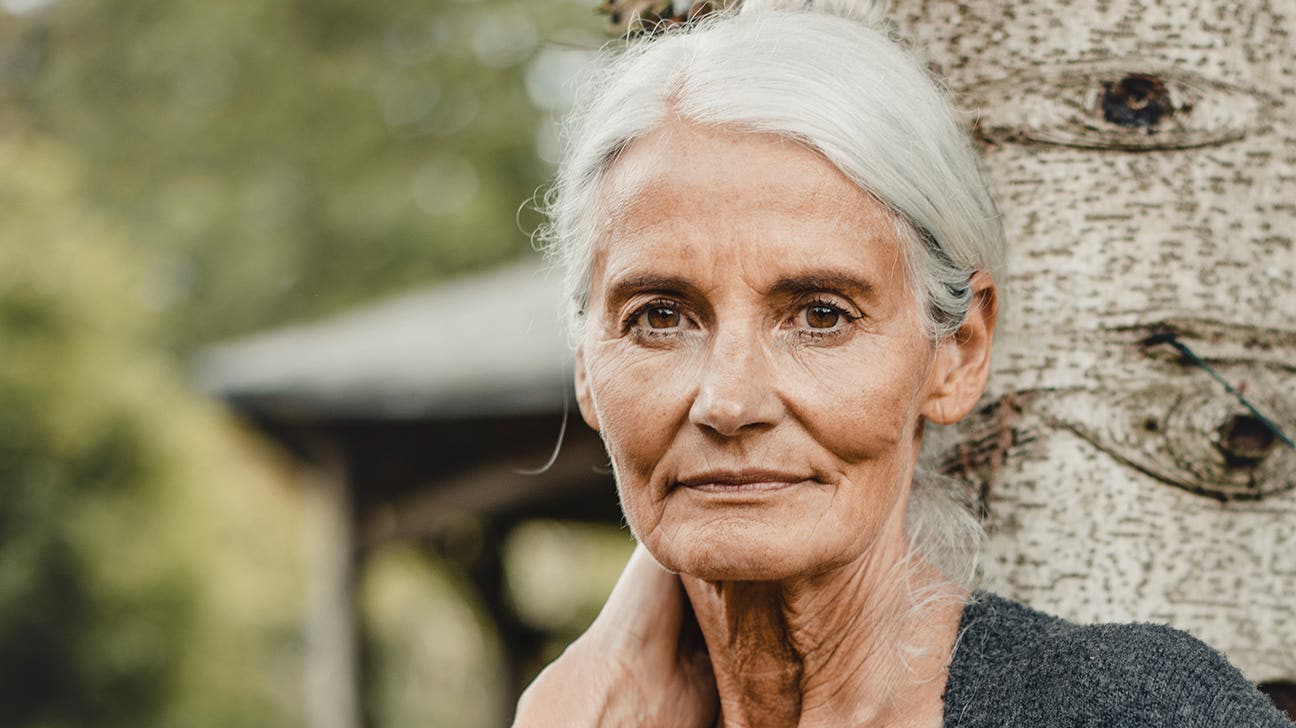Breakthrough research unlocks the secret to rejuvenate human skin and organs
Wound healing is a major problem for many older individuals and chronic, non-healing skin ulcers are a major source of health care costs.

[Aug. 17, 2023: Staff Writer, The Brighter Side of News]
Researchers found that microbial fermentation of dietary fibre in the gut can protect against allergic skin disease. (CREDIT: Getty Images)
Wound healing is a major problem for many older individuals. Furthermore, chronic, non-healing skin ulcers are a major source of health care costs and patient morbidity and mortality.
Human skin repairs itself slowly, via the formation of contractile scars which may cause dysfunction. In contrast, the axolotl salamander can readily regrow a severed limb, the spiny mouse has densely haired skin that heals with remarkable speed, and the skin of the growing human embryo can regenerate after trauma without the need for any scar formation. By studying these examples, scientists are finding clues for how to enhance skin healing through a more regenerative response.
After two decades of research, scientists at Haifa’s Rambam Health Care Campus and the Technion-Israel Institute of Technology have found a way of rejuvenating human skin and organs. The successful study was conducted on laboratory mice and has just been published in the journal Science Advances, issued by the American Association for the Advancement of Science.
The study authors used a graft of aged human skin on young mice and proved that it is possible to make skin and other organs young again by changing the molecular structure through all the layers of skin.
Related Stories:
The scientists from the Monasterium Laboratory in Germany, and the University of Manchester titled their study, “Human Organ Rejuvenation by VEGF-A: Lessons From the Skin.”
Scientists transplanted aging human skin onto young mice with severe combined immunodeficiency disease (SCID) that affects both B and T lymphocytes. This can rejuvenate the transplantation of living cells, tissue, or organs from one species to another, said the scientists.
This process is accompanied by the growth of new blood vessels, repigmentation of the outer layer of the skin called the epidermis, and significant improvement in the biomarkers of aging, says the Post.
Biomarkers related to epidermal skin aging. The absence of epidermal filaggrin (N = 4 old donors, 8 OiO mice, and 8 OiY mice) in aged skin before transplantation and in OiO mice versus reappearance in YiO mice. (CREDIT: Science)
The scientists noted that instead of viewing aging as a fatal disease, changing the view of aging as a “druggable and reprogrammable target, dissecting the key drivers of human organ aging and developing effective molecular strategies to prevent or even reverse it surely constitutes one of the most fundamental missions of biomedical research.”
Human skin is an ideal preclinical research model to investigate antiaging methods as it is the first organ of the human body to visibly reflect changes in aging, such as changes in skin tone and graying of the hair.
Before transplantation: Rete-ridge structures were clearly observed in sections of human young skin, whereas old skin is characterized by a marked flattening of the dermoepidermal junction. Increased number of blood vessels and organized collagen in the dermis of the young skin in contrast to the aged one. After transplantation: Increased epidermal thickness. (CREDIT: Human organ rejuvenation by VEGF-A: Lessons from the skin paper)
“While massive industry efforts therefore cater to the ancient human desire to halt or reverse the phenotype of aging skin,” the authors wrote, “success at this frontier has remained moderate at best, and many product claims of in-vivo (animal models) rejuvenation of human skin are typically unsubstantiated.”
The promising study found that not only was the outer layer of human skin rejuvenated when grafted on the SCID mice, but also all layers of skin could become young again. To determine this, they used vascular endothelial growth factor A (VEGF-A) to evaluate the process and in addition found that even the number of new blood vessels in the transplanted skin increased.
For more science and technology stories check out our New Discoveries section at The Brighter Side of News.
Note: Materials provided above by The Brighter Side of News. Content may be edited for style and length.
Like these kind of feel good stories? Get the Brighter Side of News' newsletter.



